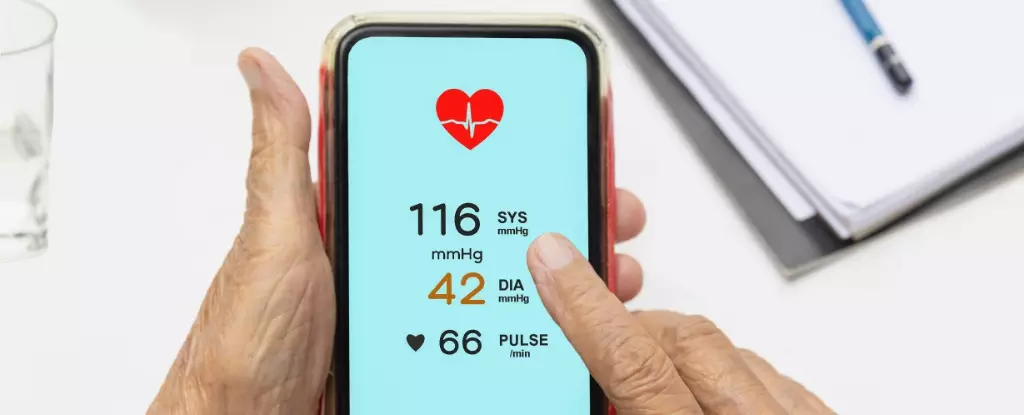Hypertension, commonly known as high blood pressure, stands as an insidious health threat affecting millions worldwide. With potential complications ranging from heart failure to kidney damage, hypertension often goes unnoticed, leaving individuals vulnerable to serious health issues. A revolutionary mobile application, developed by a dedicated research team at the University of Pittsburgh, is poised to change the landscape of blood pressure management. This innovation harnesses the capabilities of modern smartphones to provide accessible monitoring without the need for expensive or specialized equipment.
One of the most striking aspects of this development is its potential impact on underserved communities. Many individuals in these areas may lack access to conventional healthcare services or blood pressure monitoring devices. According to Dr. Ramakrishna Mukkamala, a biomedical engineer involved in the project, “In underserved populations, many people don’t have access to blood pressure cuffs, regular doctor’s appointments, or even know it’s a problem—but they do have smartphones.” This perspective highlights a critical opportunity: integrating health technology into daily life, thus improving health outcomes for populations that previously had limited options.
Traditionally, blood pressure is measured using a sphygmomanometer, which involves inflating a cuff around the arm to determine systolic and diastolic pressure. In contrast, this innovative app bypasses the need for physical devices. Instead, it employs the built-in sensors of smartphones—the accelerometer, camera, and touch sensors—to estimate arterial pressure. This system transforms the user’s interaction with their device into a sophisticated health-monitoring tool.
Utilizing principles of gravity and user input, the app measures pulse pressure by instructing users to position their hands and apply specific touches to the phone’s screen. Biomedical engineer Vishaal Dhamotharan explains that “Because of gravity, there’s a hydrostatic pressure change in your thumb when you raise your hands up above your heart.” By converting these changes into measurable data, the app can track variations in blood pressure with impressive accuracy.
Initial Findings and Future Expectations
In initial trials involving 24 participants, researchers successfully established that the app could detect pulse pressure within an acceptable margin of error—approximately 8 mm Hg compared to traditional methods. While this statistic is promising, the team expects further refinement and testing will enhance the app’s accuracy. There remains a considerable pathway to navigate, as researchers focus on “changing the mentality” surrounding the usage of pulse pressure as a reliable indicator of overall blood pressure.
Dr. Sanjeev Shroff, another key figure in the research, emphasizes the significance of this innovation by stating, “Development of a cuffless blood pressure measurement device that does not require any external calibration is the holy grail – such a device currently does not exist.” The journey towards achieving that elusive goal may be aided by this smartphone application, which symbolizes a growing trend in healthcare technology aimed at democratizing access to essential health services.
This smartphone application represents a crucial step forward, but it is also part of a larger movement towards mobile health (mHealth) solutions. As technology continues to advance, the potential for smartphones to function as all-encompassing health monitors grows. By leveraging existing mobile technologies, healthcare providers can reach wider audiences and improve health data collection.
Moreover, this app opens conversations about self-monitoring and patient empowerment. With more individuals capable of tracking their health metrics conveniently, the ability to identify concerning health trends sooner can revolutionize preventative medicine. Increased awareness about hypertension and proactive monitoring could ultimately lead to lower incidence rates and improved public health outcomes.
The development of a smartphone application to estimate blood pressure represents a pivotal advancement in healthcare technology. As hypertension remains a significant public health concern, this innovative solution offers hope to millions who lack access to traditional monitoring methods. With continued research and app refinement, this initiative may pave the way toward a future where health monitoring is as simple as checking one’s phone, empowering individuals to take charge of their health and wellbeing.


Leave a Reply